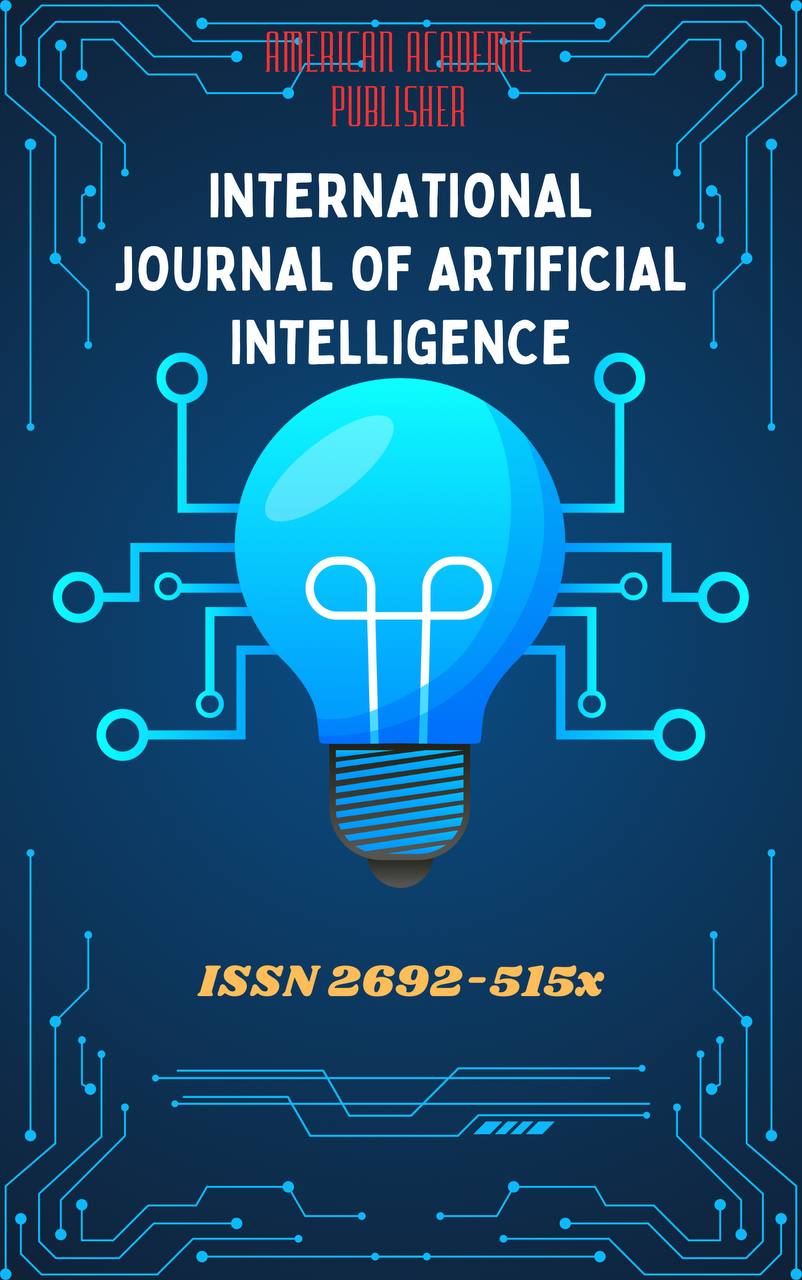 Articles
| Open Access |
Articles
| Open Access | “Measuring the Efficiency of Digitalization in Banking Services: Theoretical and Practical Approaches”
Davletova Nilufar Tulanovna , Banking and Finance Academy of the Republic of UzbekistanAbstract
The digital transformation of banking services has become a central driver of efficiency, competitiveness, and customer satisfaction in the financial sector. This article examines both theoretical and practical approaches to measuring the efficiency of digitalization in banking. Theoretically, efficiency is evaluated through financial indicators such as Return on Assets (ROA), Return on Equity (ROE), and the Cost-to-Income Ratio, as well as non-financial metrics including customer satisfaction, transaction speed, and digital adoption rates. Practically, the study analyzes data from selected banks in Uzbekistan and international benchmarks, focusing on indicators such as the growth of digital banking users, profitability dynamics, and operational cost reduction. The findings reveal that digitalization projects not only enhance service delivery but also improve overall financial stability and competitiveness of banks. Graphical and tabular analyses are employed to illustrate trends in user adoption, profitability, and comparative international experiences. The study concludes by highlighting key methodological implications for policymakers and banking practitioners, offering a framework for assessing efficiency in the era of digital transformation.
Keywords
Digital banking, efficiency measurement, cost-to-income ratio, customer satisfaction, Uzbekistan, international comparison.
References
Arner, D. W., Barberis, J., & Buckley, R. P. (2016). The evolution of Fintech: A new post-crisis paradigm? Georgetown Journal of International Law, 47(4), 1271–1319.
Berger, A. N., & Mester, L. J. (1997). Inside the black box: What explains differences in the efficiencies of financial institutions? Journal of Banking & Finance, 21(7), 895–947. https://doi.org/10.1016/S0378-4266(97)00010-1
Brynjolfsson, E., & Hitt, L. M. (2000). Beyond computation: Information technology, organizational transformation and business performance. Journal of Economic Perspectives, 14(4), 23–48. https://doi.org/10.1257/jep.14.4.23
Casu, B., & Girardone, C. (2004). Financial conglomeration: Efficiency, productivity and strategic drive. Applied Financial Economics, 14(10), 687–696. https://doi.org/10.1080/0960310042000233219
Fethi, M. D., & Pasiouras, F. (2010). Assessing bank efficiency and performance with operational research and artificial intelligence techniques: A survey. European Journal of Operational Research, 204(2), 189–198. https://doi.org/10.1016/j.ejor.2009.10.018
Jun, M., & Palacios, S. (2016). Examining the key dimensions of mobile banking service quality: An exploratory study. International Journal of Bank Marketing, 34(3), 307–326. https://doi.org/10.1108/IJBM-01-2015-0015
Parasuraman, A., Zeithaml, V. A., & Malhotra, A. (2005). E-S-QUAL: A multiple-item scale for assessing electronic service quality. Journal of Service Research, 7(3), 213–233. https://doi.org/10.1177/1094670504271156
World Bank. (2020). The global fintech report: The future of finance is digital. Washington, DC: World Bank.
Central Bank of the Republic of Uzbekistan. (2024). Annual report on the state of the banking sector. Tashkent: CBU.
Article Statistics
Downloads
Copyright License

This work is licensed under a Creative Commons Attribution 4.0 International License.

